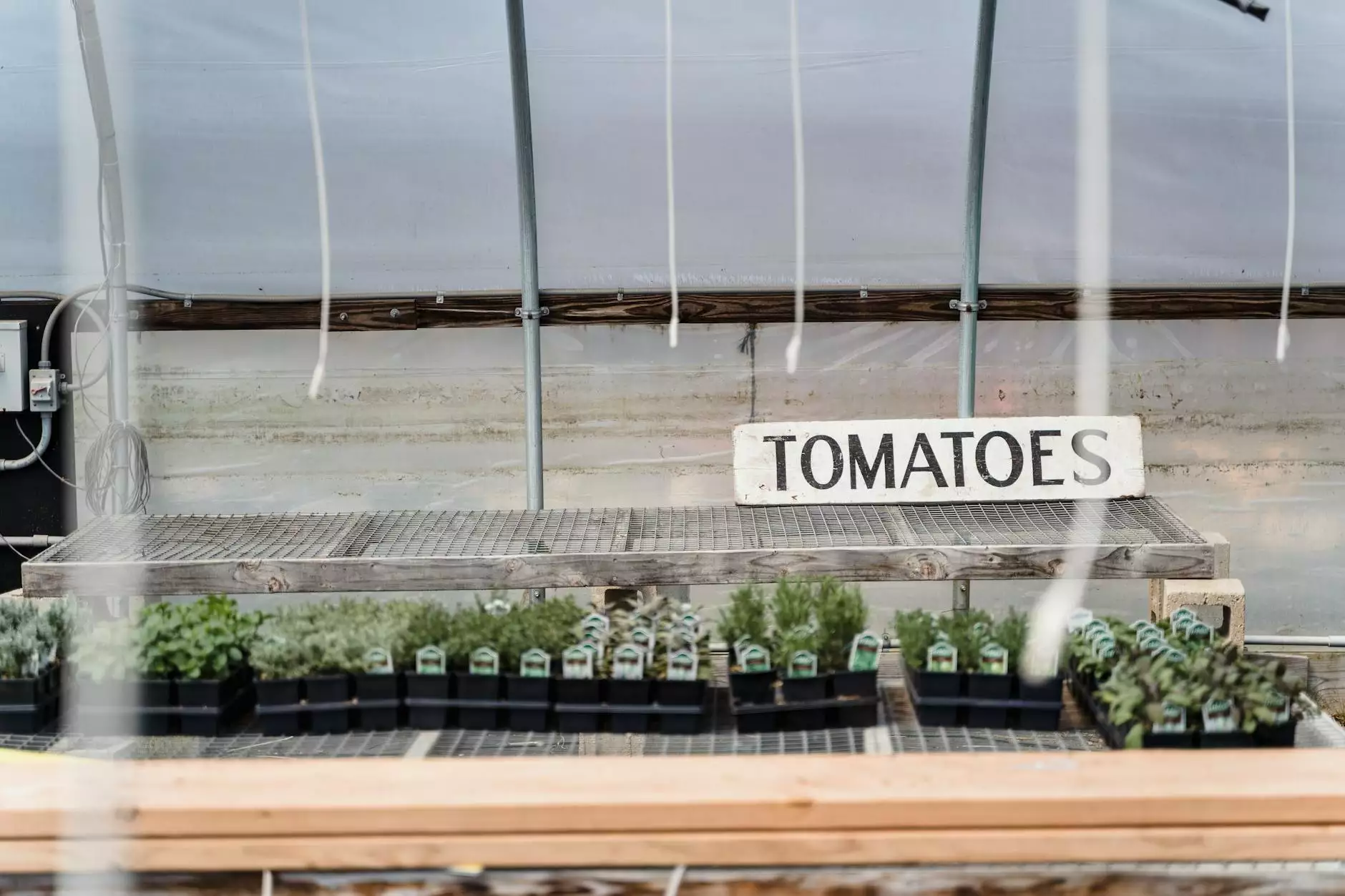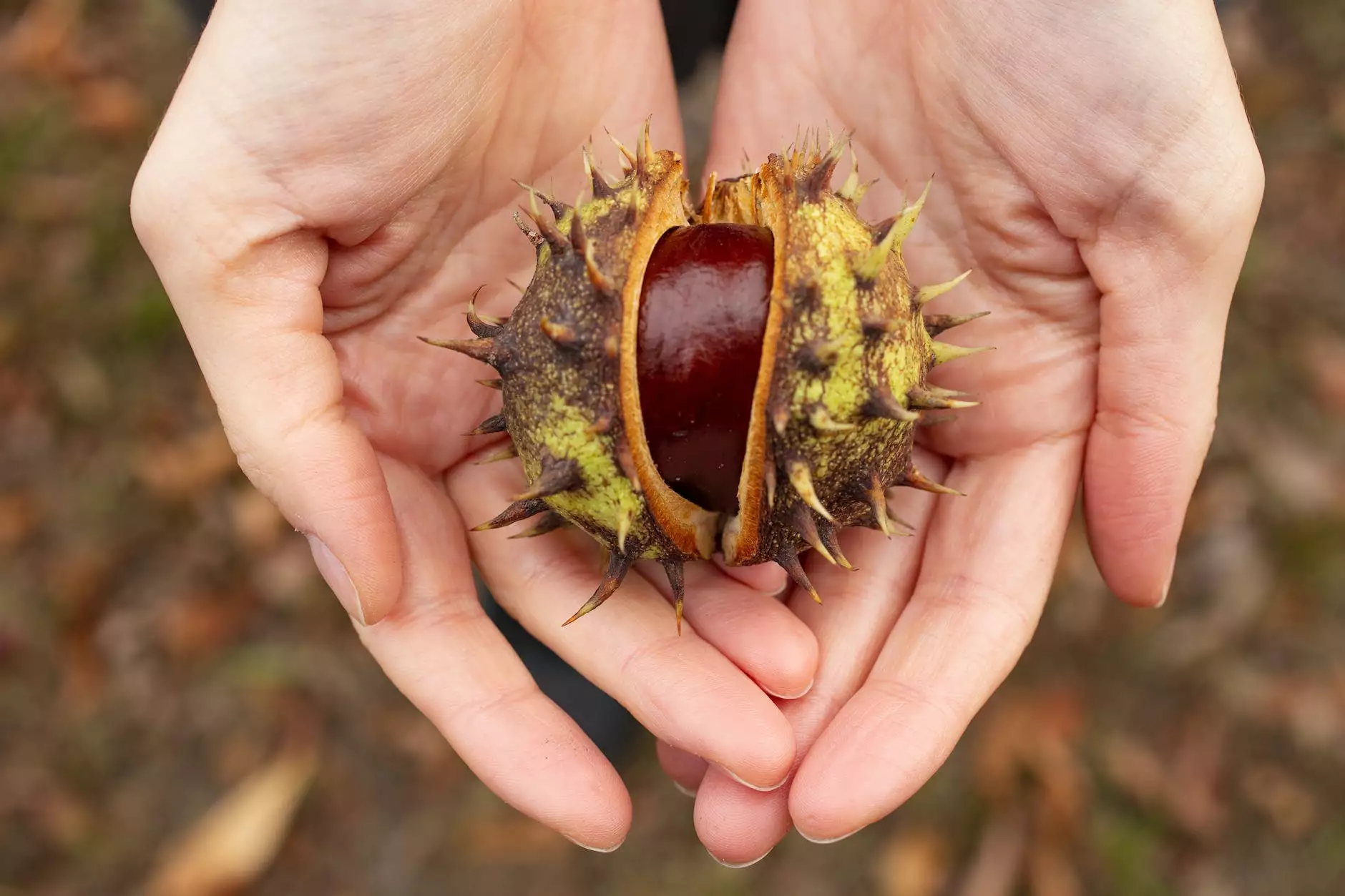How to Grow Microgreens Indoors

Introduction
Welcome to Cutting Hedge Services, your trusted source for expert gardening advice. In this guide, we will delve into the fascinating world of growing microgreens indoors. Whether you are a beginner or an experienced gardener, this comprehensive guide will equip you with the knowledge and techniques to successfully grow a thriving microgreens garden right in the comfort of your own home.
The Benefits of Growing Microgreens
Before we dive into the details of how to grow microgreens indoors, let's take a moment to appreciate the numerous benefits this practice offers. Microgreens are young vegetable greens packed with flavor and nutrients. They are known to contain higher concentrations of vitamins, minerals, and antioxidants compared to their mature counterparts. Additionally, growing microgreens can be a cost-effective way to supplement your diet with fresh, homegrown produce, especially during colder months when outdoor gardening is not possible.
Choosing the Right Microgreens
When it comes to selecting microgreens to grow indoors, the options are seemingly endless. Some popular choices include broccoli, kale, spinach, radish, and sunflower. Consider your personal taste preferences and the growing conditions available in your home. Ensure that you choose varieties that are well-suited for indoor cultivation. Remember, experimenting with different microgreens can be a fun and rewarding experience.
Setting Up an Indoor Microgreens Garden
Creating the ideal growing environment is crucial for the success of your indoor microgreens garden. Here are some key factors to consider:
Lighting
Microgreens thrive under bright, yet indirect, light. Position your growing trays near a south-facing window where they can receive ample sunlight. If natural light is limited, consider using artificial grow lights specifically designed for indoor gardening.
Containers and Soil
Choose shallow containers or trays with good drainage. Fill them with a high-quality, nutrient-rich soil or a specialized growing medium formulated for microgreens. Avoid using garden soil, as it may contain pests or diseases that could harm your crops.
Seeds and Germination
Opt for organic, untreated seeds to ensure optimal health and flavor. Pre-soak the seeds for a few hours to kickstart the germination process. Once soaked, evenly scatter the seeds over the soil surface, ensuring they are not too crowded. Gently press them into the soil without burying them too deep.
Caring for Your Microgreens
Providing proper care is essential for the success of your indoor microgreens garden. Here are some key care tips:
Watering
Maintain adequate moisture levels by misting your microgreens with water. Avoid overwatering, as it can lead to root rot or mold formation. Regularly monitor the soil's moisture level and adjust your watering frequency accordingly.
Temperature and Humidity
Microgreens prefer temperatures between 60 to 75 degrees Fahrenheit (15 to 24 degrees Celsius). Avoid exposing them to extreme temperature fluctuations. Aim for a relative humidity level of around 40 to 60 percent.
Harvesting and Storage
Once your microgreens have reached the desired height of 1 to 2 inches, it's time to harvest them. Gently cut above the soil line using clean scissors or a sharp knife. Rinse the harvested greens, pat them dry, and store them in an airtight container in the refrigerator. Freshly harvested microgreens can retain their flavor and nutritional value for up to a week when properly stored.
Conclusion
Congratulations! You have now learned the ins and outs of growing microgreens indoors. By following the tips and techniques outlined in this guide, you can create a mini garden that adds a burst of flavor and nutrition to your meals. Remember, practice makes perfect, so don't be afraid to experiment and adjust your approach along the way. Enjoy the journey and the bountiful harvests that await you in your indoor microgreens garden.










